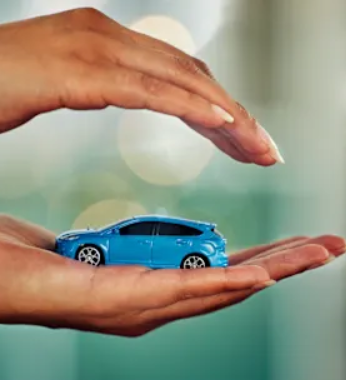If you’re considering GAP insurance for your vehicle but aren’t sure if it’s the right choice, you’re not alone. Guaranteed Asset Protection (GAP) insurance provides a safety net by covering the difference between your car’s depreciated value and the remaining balance on your loan or lease in case of a total loss. In this post, we’ll explore what GAP insurance is, when it’s crucial, and how to make an informed decision about purchasing it.
What is GAP Insurance?
GAP insurance is an optional coverage that helps protect you from financial loss when the value of your vehicle depreciates faster than your loan balance. If your vehicle is totaled or stolen, GAP insurance ensures that the insurance payout is sufficient to cover the remaining amount owed on your auto loan or lease. This protection extends to covering your insurance deductible in some cases, providing added peace of mind.
In essence, GAP insurance serves as a buffer between what your car is worth at the time of loss and what you still owe on it. This type of coverage is especially valuable if your vehicle has depreciated significantly, which often happens faster than the loan repayment process.
Why is GAP Insurance Important?
The main reason GAP insurance is important is due to the rate of depreciation. A new car can lose about 20% of its value in the first year alone, with annual depreciation continuing at around 15-20% for the next several years. This can create a significant gap between the current market value of the car and the amount you owe on the loan.
Without GAP insurance, you might find yourself in a situation where your car is totaled or stolen, and the insurance payout is less than the balance left on your loan, leaving you with a significant financial burden.
Vehicles Eligible for GAP Insurance
GAP insurance typically applies to new and used vehicles, including cars, motorcycles, boats, RVs, ATVs, and even travel trailers. However, to qualify, your vehicle generally shouldn’t be more than two or three years old. GAP insurance can be a smart investment for individuals with newer vehicles or those who have a smaller down payment or longer loan term.
Assessing Whether You Need GAP Insurance
To determine whether GAP insurance is necessary, consider the following factors:
- Down payment: If your down payment was less than 20%, you might owe more on the vehicle than it is worth, making GAP insurance a worthwhile consideration.
- Loan term: Longer loan terms (more than 60 months) increase the likelihood that you’ll owe more than the car is worth for a longer period of time.
- Negative equity: If you’re carrying negative equity from a previous loan (i.e., you owe more on your current vehicle than its market value), GAP insurance could be beneficial.
In situations where your car is totaled or stolen, and you don’t have GAP insurance, you could end up without a vehicle while still owing a substantial amount on your loan.
The Cost of GAP Insurance
GAP insurance costs can vary based on your vehicle’s value, location, and the type of insurance provider. Typically, the cost ranges from $20 to $40 annually if added to your regular car insurance policy. However, if purchased through a dealership or lender, you may pay a one-time fee that can range from $500 to $700. If this fee is included in your auto loan, it may accrue interest over the life of the loan, increasing the overall cost.
If you choose to pay for GAP insurance upfront, it’s often less expensive, but paying through the loan allows for more manageable monthly payments.
When to Buy GAP Insurance
You can purchase GAP insurance through various channels, including car dealerships, auto insurance companies, credit unions, and banks. While dealerships might offer convenience, they typically charge higher premiums than insurers. On the other hand, purchasing from an insurance company may provide more tailored options and better pricing.
It’s also important to differentiate between GAP insurance and a GAP waiver. A waiver may only cover a portion of the loan balance or exclude certain fees, so it’s crucial to understand the terms before making a decision.
Claiming GAP Insurance
In the unfortunate event that your vehicle is totaled or stolen, you’ll need to file a claim with your car insurance company first. After that, your GAP insurer will step in to cover the remaining balance between the insurance payout and what you still owe on your loan. You’ll need to provide necessary documentation, such as the police report and your loan agreement, to process the claim.
Should You Purchase GAP Insurance?
GAP insurance can be a valuable tool for protecting your finances, especially if you have a vehicle loan or lease that is outpacing the depreciation of your car. If your loan balance is close to or exceeds your car’s current value, GAP insurance can prevent you from being left with a large debt after a total loss.
Before purchasing GAP insurance, carefully consider the cost, the terms of the loan, and your vehicle’s depreciation rate. For those who have a significant gap between what they owe and their vehicle’s worth, this coverage can offer peace of mind and financial security.
Conclusion
GAP insurance is a smart consideration for those who want to protect themselves from financial loss in case of an accident or theft, especially if their car is still under a loan or lease. It covers the difference between the vehicle’s depreciated value and the remaining loan balance, ensuring that you’re not left with debt after a total loss. By evaluating your vehicle’s value, loan balance, and the terms of your insurance policy, you can make an informed decision about whether GAP insurance is the right choice for you.



